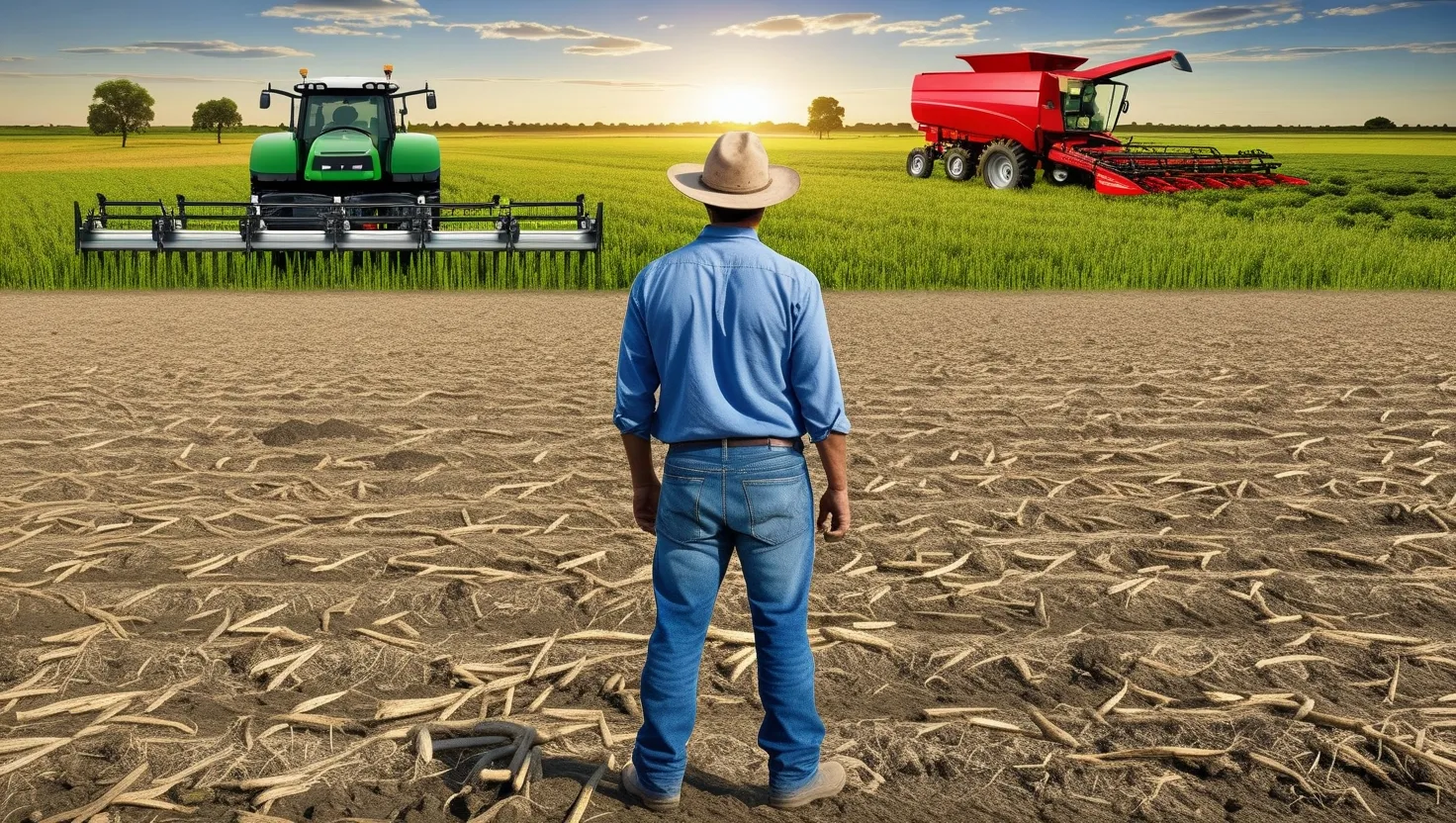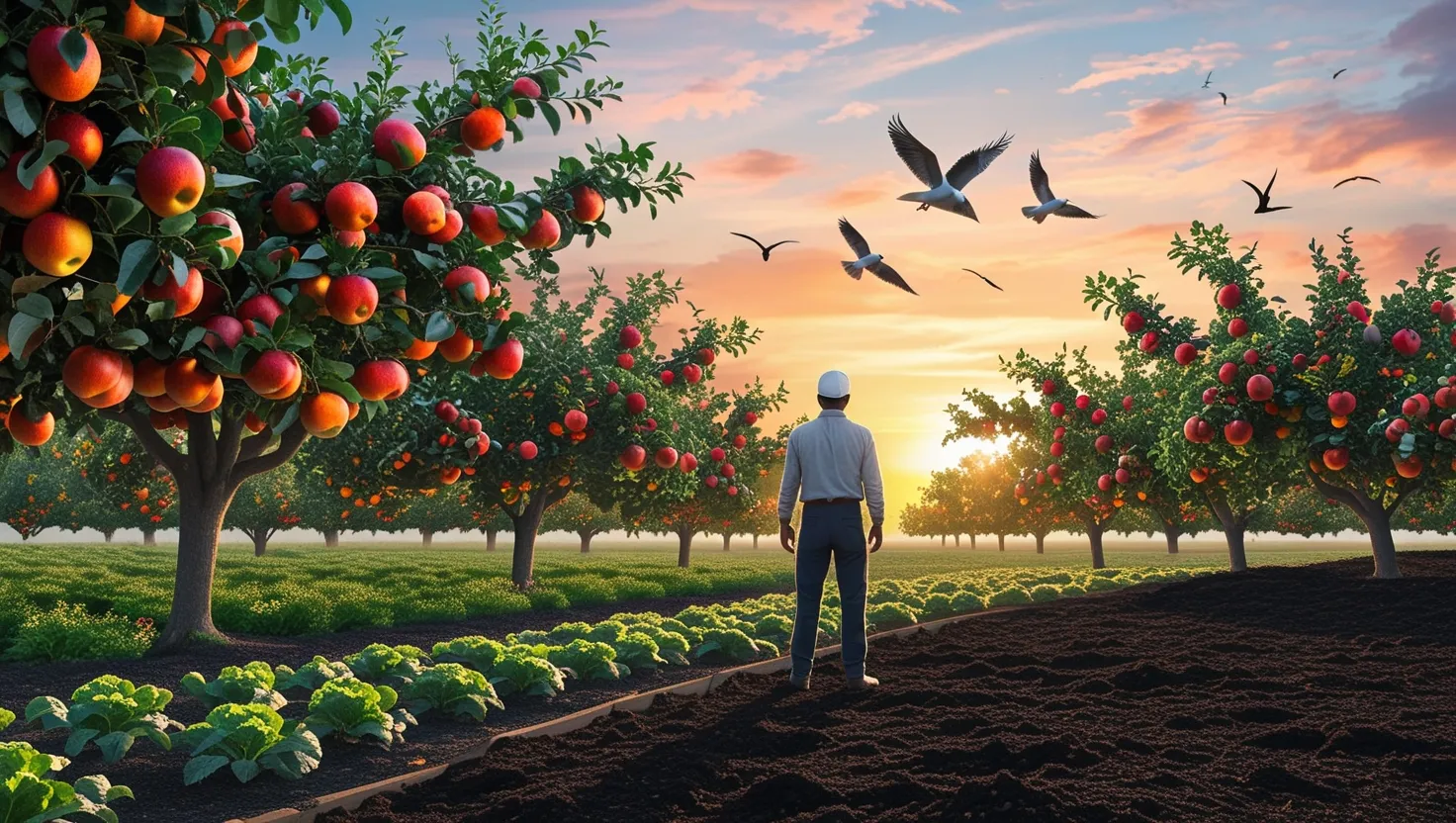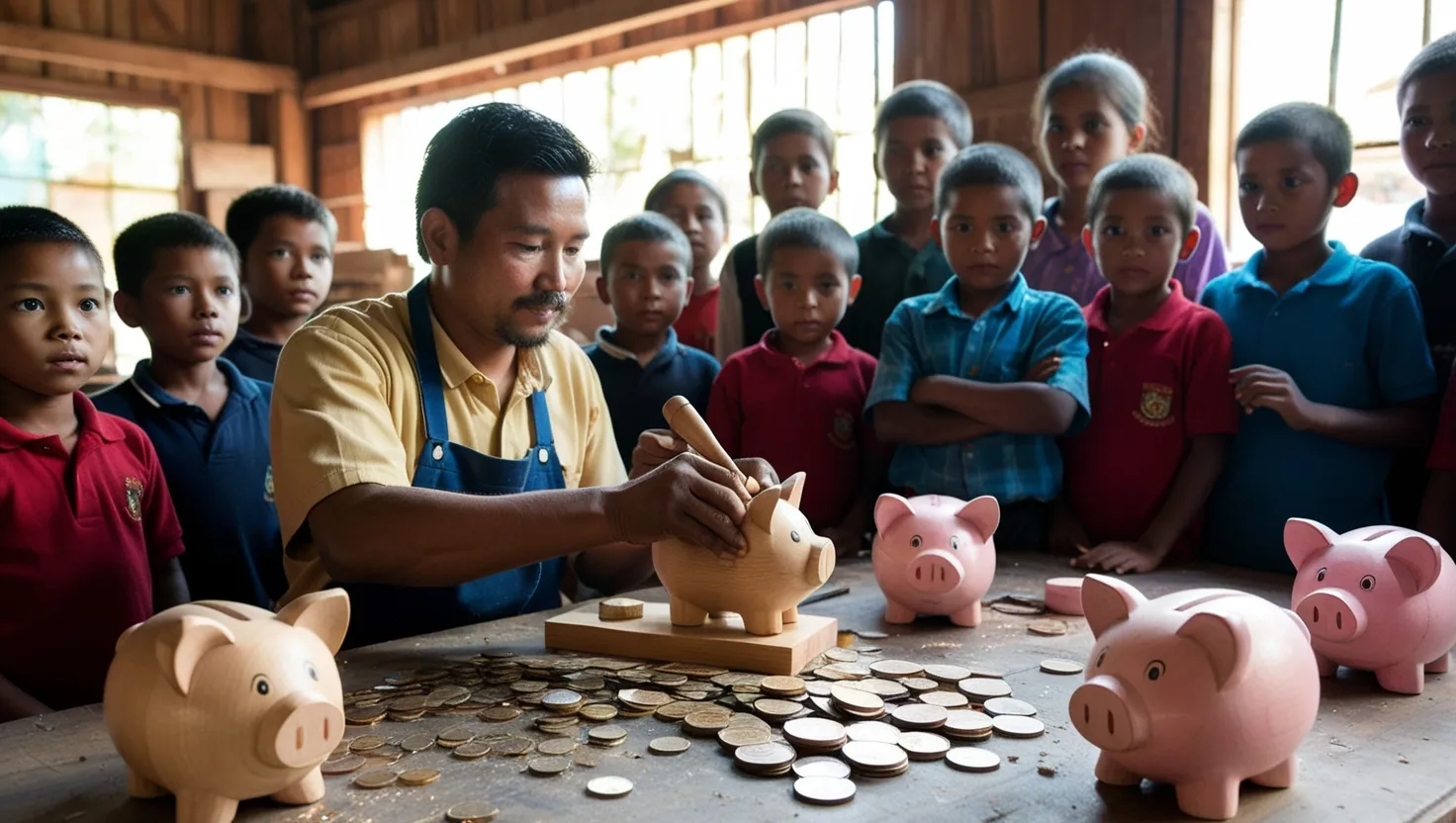As I stand in the fields, watching the withered crops that were once full of life, I am reminded of the harsh reality that climate change has brought upon us. Sam, a young farmer like many others, is facing a crisis that threatens not just his livelihood, but the future of his family and community. The once predictable seasons now bring unpredictable storms, droughts, and heatwaves that can decimate an entire harvest in a matter of days.
“Climate change is no longer some scientific concept; it’s our new reality,” I hear Sam say, his voice laced with a mix of frustration and determination. He’s not alone in this struggle. Farmers around the world are grappling with the same issues, trying to find ways to adapt and survive in a world where the rules of nature are constantly changing.
One of the lesser-known tools that Sam has discovered is weather derivatives. These financial instruments are designed to help farmers mitigate the risks associated with unpredictable weather patterns. Essentially, they are contracts that pay out if certain weather conditions are met, such as excessive rainfall or drought. For Sam, this means that even if his crops fail due to adverse weather, he can still receive financial compensation to help him recover.
But weather derivatives are just one part of the puzzle. Agricultural insurance is another crucial component in securing Sam’s future. This type of insurance provides financial protection against crop failures, livestock deaths, and other agricultural risks. It’s a safety net that allows farmers to take risks and invest in their farms without the fear of total financial ruin.
As Sam delves deeper into these financial tools, he also begins to explore sustainable farming practices. He learns about techniques like no-till farming and cover cropping, which not only help his soil retain moisture and nutrients but also reduce the carbon footprint of his farm. These practices are not just good for the environment; they also make his farm more resilient to the impacts of climate change.
“The greatest threat to our planet is the belief that someone else will save it,” says Robert Swan, a renowned environmentalist. Sam is taking this message to heart, realizing that the future of his farm and his community depends on his actions today.
But how do these sustainable practices benefit the community? For one, they help maintain soil health, which is crucial for long-term food security. Healthy soils can absorb more water, reducing the risk of floods and droughts. They also support biodiversity, which is essential for maintaining ecosystem balance.
As Sam implements these practices, he notices a change not just in his farm but in the surrounding environment. The local wildlife begins to flourish, and the air and water quality improve. His farm becomes a model for other farmers in the area, showing them that sustainable practices are not just environmentally friendly but also economically viable.
“Nature is not a place to visit. It is home,” says Gary Snyder, a poet and environmentalist. For Sam, this quote resonates deeply. His farm is not just a place of work; it’s his home, and the home of his community.
However, the journey is not without its challenges. Implementing new practices requires significant investment, both in terms of money and time. There are also the skeptics who question the effectiveness of these methods. But Sam is undeterred. He knows that the long-term benefits far outweigh the short-term costs.
As I watch Sam work in his fields, I am struck by his resilience and determination. He is not just fighting for his farm; he is fighting for a future where his children can grow up in a world that is still capable of producing the food they need.
What can we learn from Sam’s story? How can we support farmers like him who are on the front lines of the climate change battle? The answers lie in understanding the complexities of climate change and the innovative solutions that farmers are developing to combat it.
For instance, did you know that some farmers are using drones and satellite imaging to monitor their crops and predict weather patterns? These technologies allow them to make informed decisions about when to plant, irrigate, and harvest, reducing the risk of crop failure.
Or consider the role of community-supported agriculture (CSA) programs. These programs allow consumers to directly support local farmers by purchasing shares of their produce. This not only provides farmers with a stable income but also helps build a stronger, more resilient food system.
As we move forward, it’s clear that the future of agriculture will be shaped by our ability to adapt to climate change. It will require a combination of financial tools, sustainable practices, and technological innovations. But most importantly, it will require a commitment to supporting farmers like Sam who are working tirelessly to ensure that we have a sustainable food supply.
“The earth has enough resources for our need, but not enough for our greed,” says Mahatma Gandhi. As we reflect on Sam’s journey, we are reminded of the importance of living in harmony with nature. It’s a lesson that we must all learn if we are to build a future that is sustainable and equitable for all.
In the end, Sam’s story is not just about crop failure or financial tools; it’s about hope and resilience. It’s about the human spirit’s ability to adapt and overcome even the most daunting challenges. As we look to the future, let us remember Sam’s determination and the lessons he has taught us about the importance of sustainable farming practices and community support. Together, we can build a better future for all.






